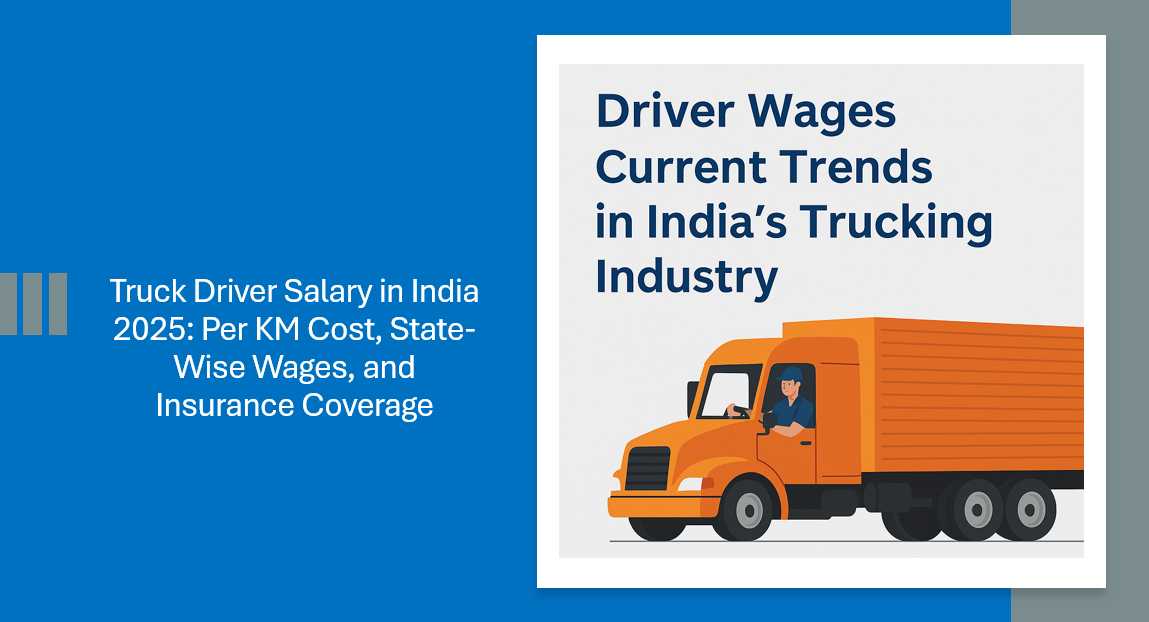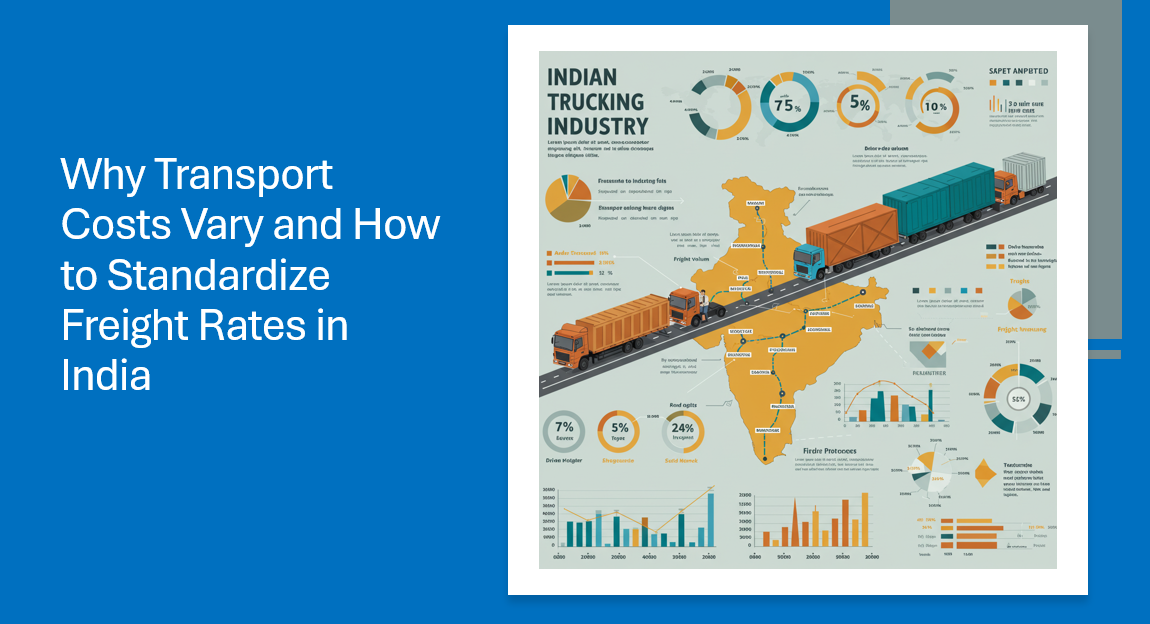Introduction
Navigating the bustling waters of the business world, one quickly learns that strong supplier relations are not just a nice-to-have, but a cornerstone of thriving enterprises. At a glance, supplier relationships might seem like a straightforward exchange of goods for payment, but there’s a whole lot more brewing beneath the surface. In this friendly chat, we’ll dive deep into what makes a strong supplier relationship tick, how to cherry-pick the right partners, and why nurturing these connections could be your best business move yet. So, buckle up as we unfold the layers, from selecting the right suppliers to leveraging technology, all the way to continuous improvement and measuring success. Let’s make this journey together!
1. Building the Foundation: Selecting the Right Suppliers

1.1 Criteria for Selection
When choosing suppliers, it’s not just about who offers the cheapest price. Consider these three pillars:
- Quality of Products/Services: High-quality supplies mean fewer complaints and returns. Remember that time you had to return something three times? Yeah, let’s avoid that.
- Reliability and Timeliness: Can they deliver on time, every time? Consistent reliability means fewer headaches down the line.
- Communication and Responsiveness: When you have questions or issues arise, a quick and clear response from your supplier is pure gold.
1.2 The Role of Due Diligence
- Background Checks: A simple internet search can reveal a lot. Remember, Google is your friend.
- Financial Stability: Ensuring they won’t suddenly close shop.
- Reputation in the Market: What others say about them matters. It’s a bit like checking restaurant reviews before trying a new place.
1.3 Building Long-Term Partnerships
- Mutual Goals and Objectives: Aligning your compasses for a mutually beneficial journey.
- Establishing Trust and Transparency: Honesty is always the best policy.
- Flexibility and Adaptability: Change is the only constant, after all.
2. Communication: The Lifeline of Strong Supplier Relations
2.1 Establishing Clear Channels
- Regular Updates and Meetings: Stay in the loop and anticipate changes.
- Effective Use of Technology: Whether it’s a simple spreadsheet or a sophisticated software, staying connected efficiently is key.
- Crisis Communication Plans: Having a plan before a crisis hits can save the day.
2.2 Feedback Mechanisms
- Continuous Improvement Process: Always looking for ways to improve.
- Constructive Feedback: Because we all have room to grow.
- Celebrating Successes Together: Wins should be celebrated, big or small.
2.3 Negotiation and Conflict Resolution
- Principles of Fair Negotiation: Finding a middle ground where everyone wins.
- Addressing Issues Early: Don’t let small problems become big headaches.
- Seeking Win-Win Solutions: It’s not about winning; it’s about succeeding together.
3. Strategic Alignment and Collaboration
3.1 Aligning Goals and Expectations
- Shared Vision and Objectives: When your visions align, the path to success becomes clearer.
- Adaptability to Changing Market Demands: Staying flexible and responsive to market dynamics.
- Commitment to Quality and Excellence: Never settling for “good enough.”
3.2 Collaborative Initiatives
- Joint Product Development: Innovating together for better solutions.
- Cost Reduction Strategies: Finding smart ways to save and optimize.
- Sustainability and Ethical Practices: Doing good while doing well.
3.3 Risk Management and Contingency Planning
- Identifying Potential Risks: Keeping an eye on the horizon for potential storms.
- Developing Contingency Plans Together: Because two heads are better than one.
- Regular Review and Update of Risk Strategies: Staying prepared, come what may.
4. Leveraging Technology for Enhanced Supplier Relationships
4.1 Digital Platforms for Supplier Management
- Benefits of Integrated Systems: Streamlining operations and improving communication.
- Transparency and Real-Time Communication: Keeping everyone on the same page.
- Streamlining Operations and Reducing Errors: Who doesn’t want a smoother ride?
4.2 Advanced Analytics and Data Sharing
- Predictive Analytics for Supply Chain Optimization: Seeing into the future to make better decisions today.
- Data Security and Privacy Considerations: Keeping shared information safe.
- Enhancing Decision Making Through Shared Insights: Knowledge is power, after all.
4.3 Adoption of Sustainable and Innovative Practices
- Embracing Green Technologies: For a better planet and bottom line.
- Encouraging Innovation within the Supply Chain: Because the next big idea could come from anywhere.
- Benchmarking and Continuous Improvement: Always striving to be better than yesterday.
5. Measuring Success and Continual Improvement
5.1 Key Performance Indicators (KPIs)
- Delivery Performance: Are they consistently on time?
- Quality Metrics: How often do their products meet your standards?
- Cost Reduction and Efficiency Gains: Saving pennies and the planet at the same time.
5.2 Feedback Loops and Regular Reviews
- Supplier Scorecards: Keeping track of performance.
- Annual Review Meetings: Time to reflect and plan ahead.
- Real-Time Feedback and Adjustment: Because the market waits for no one.
5.3 Fostering a Culture of Excellence
- Recognition and Rewards: Everyone likes a pat on the back.
- Training and Development Opportunities: Growing together is key.
- Encouraging Supplier Initiatives and Input: Your suppliers have a voice too.
Conclusion
Navigating the path to strong supplier relations is a journey that demands attention, effort, and continuous dialogue. As we’ve seen, fostering these relationships can elevate your business in ways you might not have imagined, from smoothing out operations and sharing risks to co-creating innovations that push your business forward. Remember, it’s a continuous journey toward excellence, with both parties benefiting in the long haul. So, take a moment to reflect on your current supplier relationships—there might just be an uncharted path waiting to be explored, ready to take your business to new heights.
FAQs
- Why is selecting the right suppliers crucial for a business?
- Selecting the right supplier is like choosing a travel buddy; the right one can make the journey smooth and enjoyable, while the wrong one…well, let’s just say it can get bumpy.
- How can technology improve supplier relationships?
- Technology acts as a bridge that connects you and your suppliers, ensuring you’re always on the same page, making communication seamless, and operations more efficient.
- What are some effective ways to resolve conflicts with suppliers?
- Approach conflicts with a mindset of seeking solutions, not laying blame. Openness, honesty, and aiming for win-win outcomes are your best tools.
- How often should you review supplier performance?
- At least annually, but real-time feedback and regular catch-ups can help nip any issues in the bud and foster a stronger relationship.
- Can strong supplier relationships really impact the bottom line, and how?
- Absolutely. Efficient operations, quality improvements, and co-innovation can all lead to cost savings, better products, and ultimately, happier customers and a healthier bottom line.
Stay updated with LOGIXMINDZ! Subscribe to our NEWSLETTER for the latest insights and join our LinkedIn group for even more valuable content







Leave a Reply